Table of content
Introduction
Yellow millet, scientifically known as Setaria italica, is a staple grain in many parts of the world, particularly in Asia and Africa. Its nutritious profile, versatility in cooking, and ability to thrive in diverse climatic conditions have made it a favored choice for centuries. From traditional porridges to modern gluten-free recipes, yellow millet offers a wide range of culinary applications. However, selecting high-quality yellow millet can be challenging, especially with the myriad of options available in the market. This comprehensive guide aims to equip you with the knowledge and skills necessary to pick the best yellow millet, ensuring that every meal you prepare is both delicious and nutritious.
Understanding Yellow Millet: Basics and Benefits
Before diving into the selection process, it’s crucial to understand the basics of yellow millet. Unlike other grains like rice or wheat, yellow millet has a unique nutty flavor and a slightly chewy texture when cooked. It is rich in essential nutrients such as dietary fiber, B vitamins, minerals like magnesium and phosphorus, and antioxidants. These nutrients contribute to various health benefits, including improved digestion, lower cholesterol levels, and enhanced energy levels.
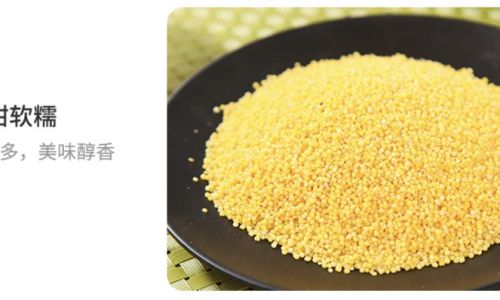
Moreover, yellow millet is gluten-free, making it an excellent choice for individuals with gluten sensitivities or celiac disease. Its adaptability to various cooking methods, from boiling and steaming to baking and roasting, further expands its culinary versatility.
Key Factors to Consider When Selecting High-Quality Yellow Millet
Selecting high-quality yellow millet involves evaluating several factors, from the appearance and aroma to the packaging and storage conditions. Here’s a detailed breakdown of each factor:
Appearance: Color, Shape, and Consistency
-
Color: High-quality yellow millet should have a consistent, vibrant yellow hue. Avoid grains that are discolored, have dark spots, or appear faded. Discoloration can indicate old age, improper storage, or the presence of mold.
-
Shape and Size: Yellow millet grains are typically small and oval-shaped. While slight variations in size are normal, uniformity in shape is a sign of good quality. Avoid grains that are excessively broken, cracked, or irregularly shaped, as these may indicate poor handling or storage.
-
Consistency: Feel the millet grains between your fingers. They should feel dry, firm, and slightly gritty. Wet or sticky grains could indicate moisture content issues, which can lead to spoilage.
Aroma and Taste
-
Aroma: Fresh yellow millet should have a mild, earthy aroma. If the grains smell musty, stale, or have an off-putting odor, it’s best to avoid them.
-
Taste: While it’s not always possible to taste the millet before purchasing, if you have the opportunity, a small sample can reveal a lot. High-quality millet should taste slightly nutty and slightly sweet. Any bitter or sour taste is a red flag.
Packaging and Labeling
-
Packaging: Opt for packages that are airtight and moisture-proof to prevent contamination and maintain freshness. Avoid bulk bins unless you are confident in the store’s hygiene practices and the turnover rate of the product.
-
Labeling: Check the label for information on origin, harvest date, and any certifications (e.g., organic, non-GMO). Knowing where your millet comes from can provide insight into its quality and freshness. Harvest dates are crucial because fresher millet retains more nutrients and flavor.
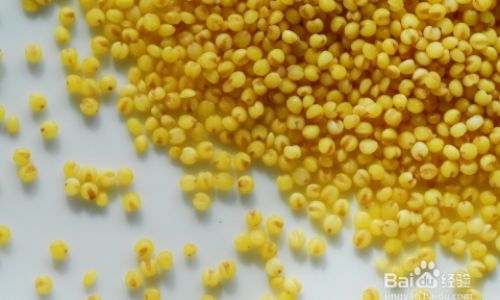
-
Ingredients List: Ensure the package only lists yellow millet and, if applicable, any added nutrients or preservatives. Be wary of products with lengthy ingredient lists or unfamiliar additives.
Brand Reputation and Source
-
Brand Reputation: Research brands before making a purchase. Look for brands known for their commitment to quality, sustainability, and ethical sourcing. Customer reviews and ratings can provide valuable insights into a brand’s reliability.
-
Source: Ideally, choose millet that is sourced from regions known for their optimal growing conditions for this grain. For instance, millet from northern China or India is often highly regarded due to the region’s fertile soil and moderate climate.
Storage Conditions
-
Temperature and Humidity: Yellow millet should be stored in a cool, dry place to prevent moisture absorption and the growth of mold or bacteria. If purchasing from a store, check the storage area to ensure it meets these conditions.
-
Shelf Life: Once opened, yellow millet can last several months if stored properly. Check the package for a best-before date and consume within that timeframe to enjoy optimal freshness and flavor.
Practical Tips for Selecting and Storing Yellow Millet
Now that you understand the key factors to consider, here are some practical tips to make the selection and storage process easier:
-
Inspect Before Buying: Always inspect the millet before purchasing. Look for signs of freshness, uniformity, and proper packaging.
-
Buy in Moderation: Purchase only what you need to minimize the risk of staleness. If buying in bulk, transfer the millet into airtight containers and store in a cool, dark place.
-
Smell and Feel: Use your senses to check for freshness. A mild, earthy aroma and a dry, firm texture are indicators of good quality.
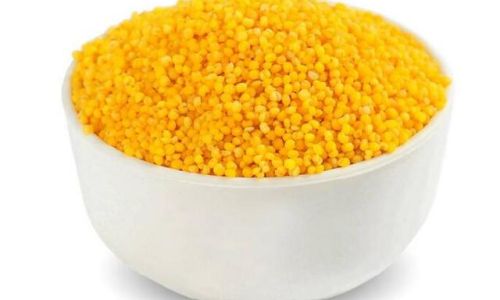
-
Rotate Your Stock: Keep track of when you bought the millet and use the oldest batch first to ensure nothing goes to waste.
-
Proper Cooking Techniques: To fully appreciate the quality of your millet, use appropriate cooking techniques. Soaking, rinsing, and cooking to the right consistency can enhance its flavor and texture.
Common Pitfalls to Avoid
-
Buying in Bulk Without Inspection: Bulk purchases can be cost-effective but risky if the millet isn’t inspected for freshness and quality. Always check before committing.
-
Ignoring Storage Conditions: Improper storage can quickly degrade the quality of your millet. Always store in a cool, dry place and in airtight containers.
-
Overlooking Harvest Dates: Freshness matters. Prioritize millet with recent harvest dates to ensure maximum nutritional value and flavor.
-
Assuming All Brands Are the Same: Not all brands adhere to the same quality standards. Research and choose brands with a proven commitment to quality and sustainability.
Conclusion
Selecting high-quality yellow millet is a multi-faceted process that involves evaluating appearance, aroma, taste, packaging, labeling, brand reputation, and storage conditions. By following the guidelines and tips outlined in this guide, you can ensure that every batch of yellow millet you bring home is not only delicious but also packed with nutrients. Remember, the quality of your ingredients directly impacts the quality of your meals, so take the time to make informed choices. Happy cooking!
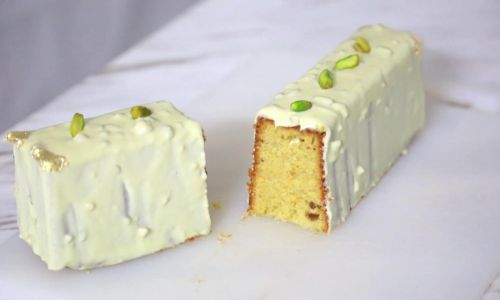

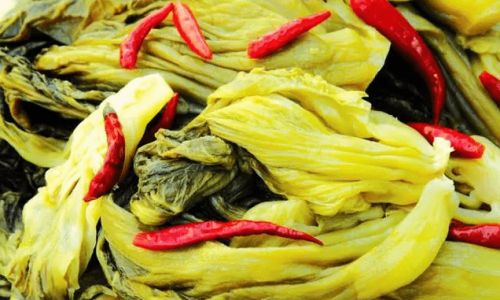
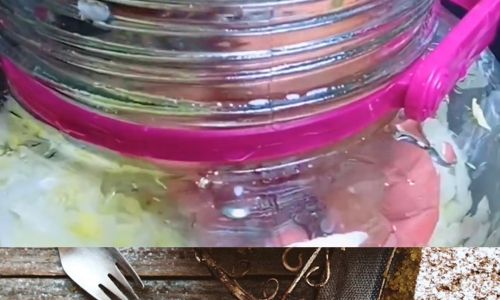
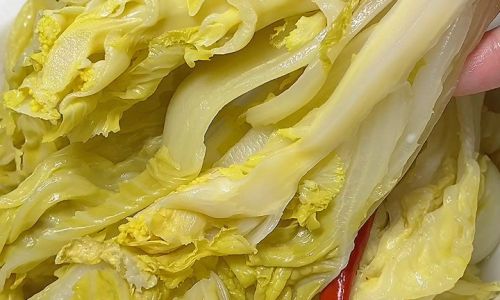
0 comments